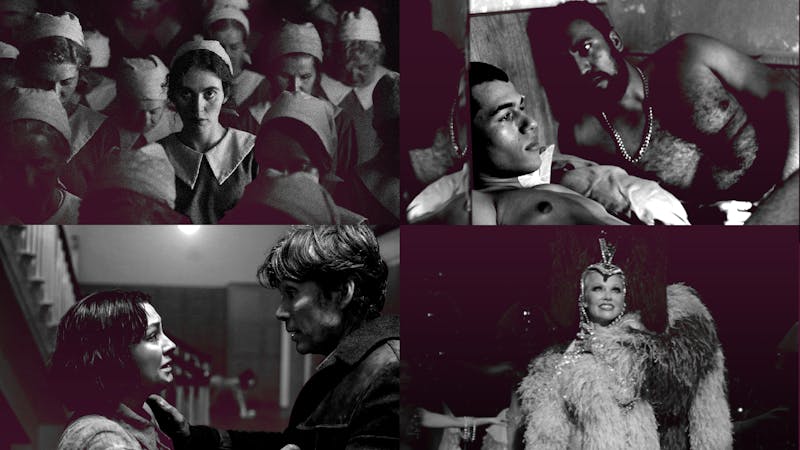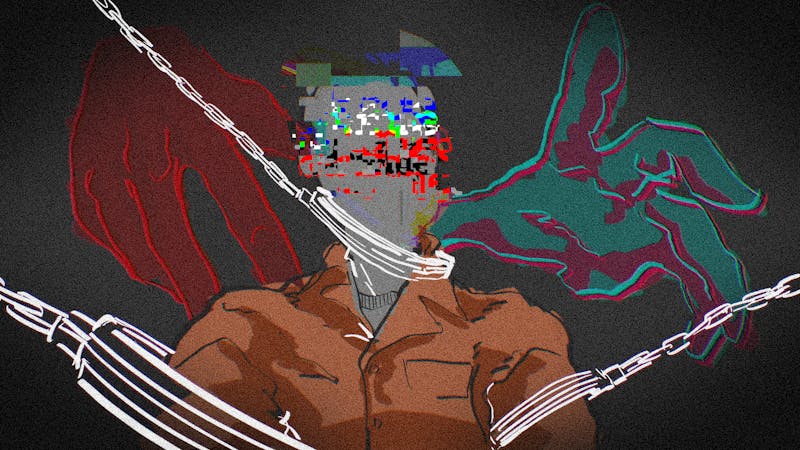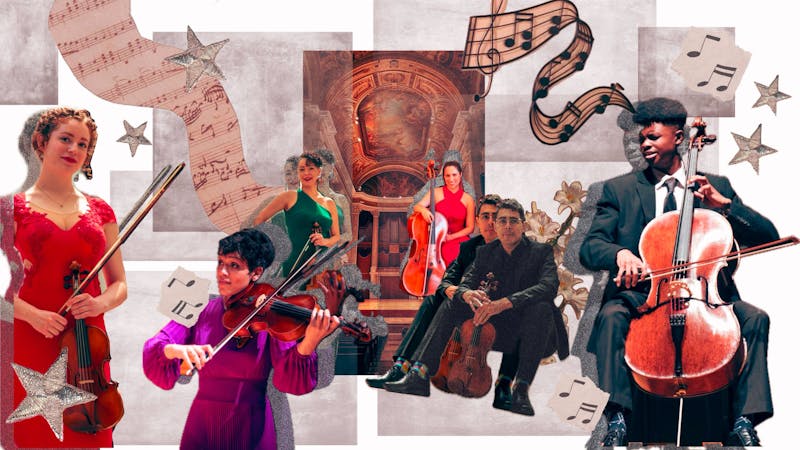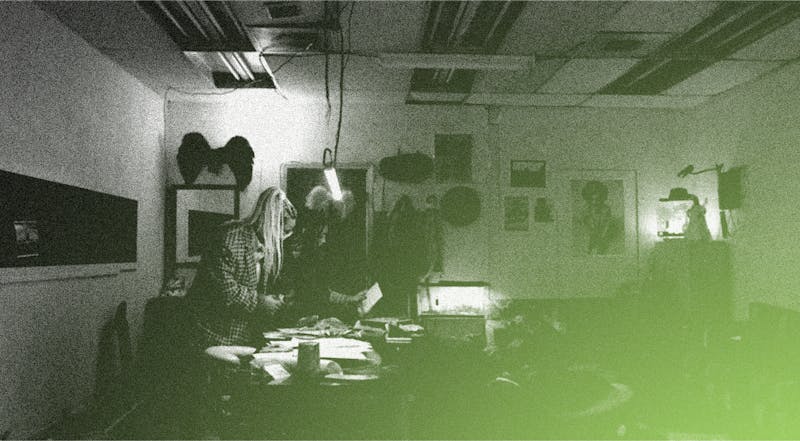On a quiet morning in Philadelphia, the sun catches on an enormous mural taking over an unassuming carpark wall. Vibrant colors breathe life into the dull concrete, layers of paint whispering stories of history and community. Philadelphia’s walls have become canvases—spaces where we can feel the heartbeat of a city defined by its rich diversity.
Centuries ago, Philadelphia became the birthplace of America, creating a legacy of independence and revolution. This city, steeped in history once recorded in ink and parchment, now tells its story in a different way. Painted on walls all over Philadelphia in bright hues are modern tales of unity and revolution. While the words of our founding fathers remain forever etched on paper, Philadelphia’s murals progress with time as each new mural doesn’t just decorate the city but reveals a new chapter in its dynamic story.
I always relished the opportunity to go back to India during the holidays. My family is originally from Vashi, a small node of Navi Mumbai. Vashi is quiet, green, clean, and known for its decorated walls. The government commissions local artists to fill Vashi’s surfaces with vivid colors, bringing joy to passersby every day. I was always so struck by these paintings; they represent something so distinctly human. As Thomas Heatherwick describes in his book Humanize, the selfless act of creating beautiful buildings, structures, and art—not for profit, but to nourish the lives of those around us—is deeply human. Made by humans for humans.
This simplicity of human nature comes through in the first mural I stumble upon on my walk through the city: the Tree of Knowledge, ca. 2003, on 1301 Market Street by artist Michael Webb.
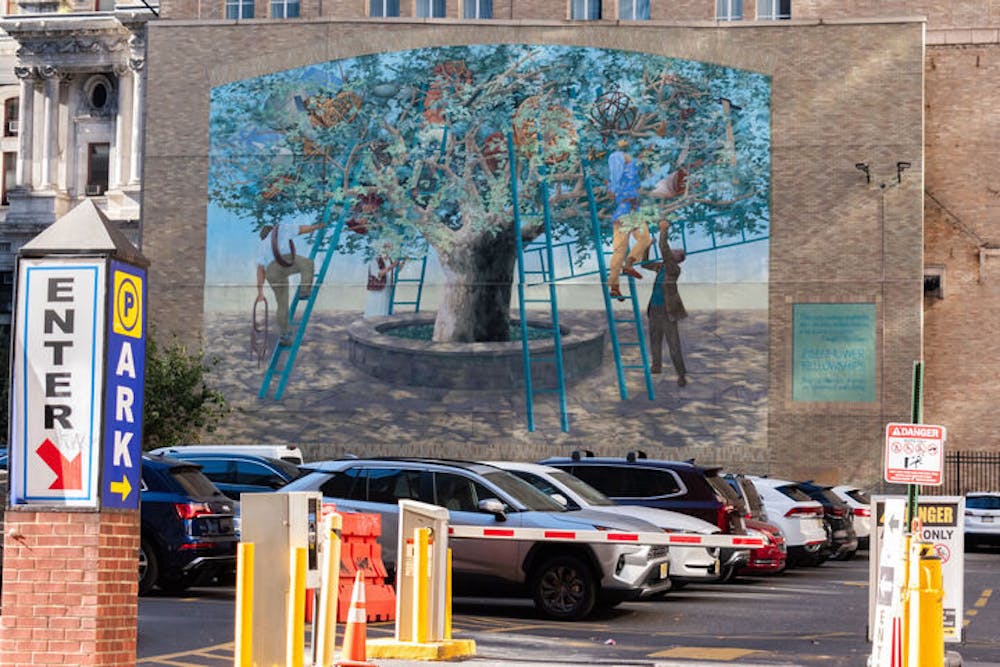
Entwined within the branches and leaves, this Tree of Knowledge contains objects that reflect the essence of human nature. A book, an hourglass, a pot, a horn—symbols for science, music, and art. There’s a tree similar to this deep inside all of us, and sometimes to nurture it, we need to return to its roots. This Tree of Knowledge emphasizes different forms of learning—to make meaning through actions as instinctual as shaping clay or dancing to music.
For me, that return comes seated in front of a pottery wheel, my hands painted with clay. Pottery allows me to breathe life into the myriad of ideas in my mind. That return comes in the form of throwing a jab in Muay Thai classes where each session forces me to be present in my body, my breathing, and my movement. This practice forces me to connect with the more primal parts of myself—the desire to let go, to endure, and to experience sheer power.
Trees are living organisms that require sunlight, water, and nutrients to grow and thrive—mirroring how knowledge demands nurturing and constant care. But, on the other hand, trees are delicate and can be extremely vulnerable. Just as trees are threatened by deforestation, climate change, and disease, our access to knowledge can be victim to social and political factors.
A tree’s growth may be limited by a lack of sunlight or poor soil quality. Similarly, our knowledge can be constrained by censorship. In many global societies, access to certain types of information is restricted, preventing us from learning the entire scope of certain topics. Additionally, societal or cultural beliefs sometimes dissuade people from exploring new or different subjects and perspectives. This mob–mentality can lead to echo–chambers, creating an atmosphere where curiosity is discouraged. This form of intellectual conformity prunes the branches on our Trees of Knowledge, carefully snipping away stray leaves that don’t align with dominant branches. Misinformation can also taint our knowledge, just like how toxins can seep into the soil, polluting the entire tree from the inside out.
Pictured in this mural is a group of people helping to nurture and sustain this tree. Our Tree of Knowledge isn’t static or isolated, it’s flourishing, dynamic and shaped by so many different people, experiences, and contributions. Every tending hand adds to the tree’s strength, helping its roots grow deeper into the community, and its branches reach for the sky.
However, these people can’t reach the tree on their own; they need ladders. Perhaps this implies knowledge can’t be passively gained. One can’t merely stumble across the Tree of Knowledge, but instead, they need to actively strive for it. Just like climbing the steps of a ladder, learning is an intentional and sometimes challenging journey. It’s also a journey that never ends—there will always be another rung for us to climb.
But what do these ladders really symbolize? It could be that knowledge can’t be gained without the proper tools. Maybe the mural is subtly calling for a society where these “ladders” are readily available to people. Whether that be through opportunities, resources, libraries, or support systems, everyone should have the necessary tools to access knowledge to grow and thrive.
Not only did I appreciate the meaning behind this mural, but I liked its aesthetic appeal. With colors that were easy on the eyes, it was beautiful and a genuine addition to Philadelphia’s walls. The next mural, however, I had mixed feelings about.
After an eight–minute walk, by 207 N. Broad Street, the mural How to turn anything into something else, ca. 2011, can be found.

At first, this one felt like a little too much for me; I wasn’t sure what I was looking at. It was too bright and too messy. But then, I realized that this was the point; the mural’s title itself says so.

‘Anything can be turned into something else’—the mural was practically inviting me to make my own sense of it.
This mural embodies the theme of repurposing, and it does so with items you’d never expect. Boats turn into whales, a lemon becomes a bird, and a dragon’s back paves the way for a train. Even the inanimate objects in this mural seem alive—a tree branch plays the violin and a building stands with its mouth wide open in shock—each breaking free from their original passive and motionless state. Here, anything can become something else and the possibilities are endless.
The illustrations in this mural almost seem childish—and that’s because they are. The artists worked with over 30 students between the ages of 10 to 15 to develop the concept for this mural, evoking a sense of creativity in us viewers. It’s playful and spontaneous, embodying all we associate with our youth. In a Mural Arts Philadelphia article, artist Aly Perry says, “Each student took a piece of paper and drew the head of an animal at the top. When the head was finished, they folded the paper down until only the neck of their drawing was visible. Then the paper was then passed to the next student to draw a torso and the folding and passing was repeated until an entire invented creature was drawn on the paper.” Looking over this world in the top right corner is Kira, our mural’s guardian. Through her eyes and imagination, this world comes alive. Kira’s enthusiasm illuminates the mural, encouraging viewers to unleash their inner child and join her fantasy.

Being here in person, there was something else almost as interesting as the mural itself—watching where each new visitor’s eyes first landed. Upon arrival, couples, friends, and even siblings immediately split off to different corners of the mural. Thomas Heatherwick’s description of the Basílica de la Sagrada Família can be aptly repurposed (how fitting!) here: “It’s a brilliantly human building by the sheer number and diversity of us humans who come all over the world just to look at it.”

However, this mural really made me grapple with the concept of aesthetic appeal. For me, the meaning behind the piece didn’t do enough to excuse the jumble of shapes, colors and ideas. It just looked messy. But that led me to wonder what the actual point was in having “pretty” pieces. Would a traditionally visually appealing mural with soothing colors and beautiful subjects have grabbed my attention and forced me to stay in one spot for so long? Days later, I’m still thinking about this piece. The way I see it now is that these murals don’t just serve as backdrops. They’re declarations. To stand before these towering murals is to be confronted with who Philadelphia is in its entirety. It is to feel the pulse of the city itself.
And what else serves as the true heartbeat of a city other than Chinatown? Only 11 minutes away on 239 N. 10th St, stands tall the History of Chinatown, ca. 1995, by Arthuro Ho.

My first impression of this mural was refreshment. After the saturation and brightness of the previous one, I enjoyed its simplicity. The History of Chinatown is one of the older murals in this list, but what it lacks in color it makes up for in meaning.
The theme that immediately struck out for me was one of resourcefulness—it runs through the entire narrative of the mural. At the top, the wringing of a towel provides water that a woman shrewdly uses for ironing. This ironing board then morphs into a pathway for workers, which is then inventively repurposed as a desk where a father and son, pencils in hand, work together.

However, this story is interrupted halfway through where our flow briefly takes shape as a highway, on top of which lie construction bulldozers, fighting to enter the community. The community works tirelessly to keep them out; it’s worth noting, though, that the tools the people have to fight with consist just of their own hands and legs. This imagery highlights the David–and–Goliath dynamic between Chinatown and larger forces of urban development. The bulldozers contrasted with the people’s simple and very human means of resistance showcases this power imbalance. Ultimately, the people are successful and keep the bulldozers out, symbolizing the strength of unity in Chinatown. This theme is as prevalent now as it was in the 1990s, with recent controversies surrounding the development of a 76ers arena in the middle of the community. We can only hope these are simply roadblocks in Chinatown’s story, and that their inhabitants and leaders will be able to work together to keep the community growing and thriving.
One aspect that stuck out to me in this mural, though, was how certain visuals were enlarged—more specifically, hands. Hands are associated with work. By enlarging them, the mural emphasizes the hard work of Chinatown residents, especially the immigrant labor force that built the community from the ground up.
Themes of unity and cooperation extend into the last mural I came across during my walk: How we fish, ca. 2012, on 125 N. 8th Street by artists Eric Okdeh and Social Impact Studios.

In the upper right corner of the mural the words “Work Unites Us” shine bright, with a smaller addition of “and relying on each other to achieve the best we can together” written just below. This theme of unity is illustrated through many images in the mural: the fish swimming in schools and the relationship between vendor and buyer. No matter our differences, we’re all united in the same basic aim in life: to work, make money, and support our families.

This work, like the others, has a distinctly human nature to it—evident in the human faces subtly woven into the clothing crafted by the sewing machine. The human touch persists everywhere—in the clothes we wear, the books we read, and the murals we see on our daily commute. As MJ Killingsworth describes in his book Appeals in Modern Rhetoric,“If you trace writing back to its source, there will always be a body present, a hand pushing the pen or tapping the keyboard, a throat vibrating with the ‘silent’ words on the page or screen.”

This mural has bright colors, curves, and very fluid and interconnected visuals. Every aspect of this mural is needed for the full picture—no part of the mural is more important than the other. Similarly, no part of a community is more important than the other. As per the common saying, “it takes a village,” community is everything.

A key quote inspiring this piece appears in the bottom right corner: “Give a man a fish and you feed him for a day. Teach a man to fish and you feed him for a lifetime.” The mural speaks to this theme of sustainability. If you teach a man to fish, he doesn’t have to rely on others. Teach a man to fish and he can survive. Over generations, this neighborhood has taught itself to fish. It has adapted to the changes it has faced. The mural doesn’t simply show the surface benefits of learning a skill; it delves deeper, illustrating how unity and the sharing of knowledge can nourish and empower the entire community over time.
My commute back to campus after this little adventure was definitely a reflective one. Thinking about the sheer effort, time, and love poured into these pieces of art really resonated with me. But what was even more impactful was the human interactions these murals facilitated. People stop and stare, kids gaze in awe, conversations are sparked, and reflection is facilitated.
On our walk, my friend remarked that given the amount of effort it took to create these murals, there must be some meaning behind them. This sentiment really struck something in me, igniting this desire to do justice to these artists and their work. Murals aren’t just splashes of color on the walls—they are vivid, dynamic expressions of the human experience. They tell stories. They are physical remnants of the past, and look towards a brighter future. They transform concrete walls into things of beauty reminding us that art is, at its core, a fundamentally human endeavor.

